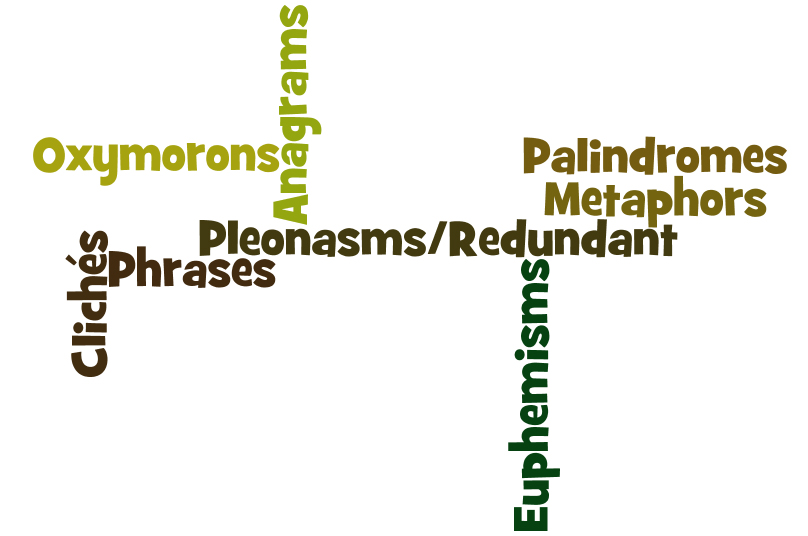Dr. Diane Hamilton's Blog
A Revolution in Hiring and Working with Eva Andres of Juniper Networks
Grammar: When It Just Does Not Sound Correct

My job has taught me that a lot of people struggle with grammar and spelling. My first sentence brought to mind one of the most common spelling errors. Many of my students type “a lot” as one word, which is incorrect. There is no such word as “alot”. If spelling is not hard enough, grammar is just as tricky because some things that are correct, do not sound correct. I know I tend to say things incorrectly just to sound like everyone else. For example, people might look at you funny if you correctly stated, “that is she” instead of incorrectly stated “that is her”. Continue reading “Grammar: When It Just Does Not Sound Correct”
Professors’ Expectations: Helpful Writing Tips for College Students
Students often struggle with writing essays. Some have difficulty with structure. Others dread dealing with APA formatting. I teach everything from bachelor-level to doctoral-level courses. The following contains some helpful writing tips that I have found may make writing essays a little easier.
Continue reading “Professors’ Expectations: Helpful Writing Tips for College Students”
Self-Publishing with CreateSpace
Today’s Ask Dr. Diane: I am interested in self-publishing a book. Can you tell me about your experience with self-publishing and things you have done to market your books?
That is a good question and one that I often receive. Check out my previous posting: How to Publish or Self-Publish Your Book. I used Createspace for self-publishing. I had a great experience with them. They are affiliated with Amazon. The site offers different options based on authors’ needs. Some of those options included:
- Do-it-yourself tools to design interiors and covers
- Comprehensive design and editing
- Expanded distribution options
I found that the company was very responsive to my questions. They took my design ideas and gave me a couple of covers to choose from based on my input.
Createspace is not limited to book publishing. They also work with musicians and filmmakers.
Once your book is published, and available on Amazon, you will then have the ability to create an Amazon author page. That author page can incorporate links from your blog. Authors also have the option of making their books available on Amazon’s Europe-based site.
There are plenty of books that can help increase your sales on Amazon’s site. One book that I thought was pretty useful was: Aiming at Amazon.
Related Articles:
Difference between Feasibility Study and Business Plan
Entrepreneurs face many challenges when creating a new venture. Although the business plan is one of the most well-known documents, the feasibility study may be just as important. Before the entrepreneur can seek funding, he or she must demonstrate that the idea is truly a good one.
Rochester.edu explained that a feasibility study, “can be defined as a controlled process for identifying problems and opportunities, determining objectives, describing situations, defining successful outcomes, and assessing the range of costs and benefits associated with several alternatives for solving a problem.”
In order to create a feasibility study, entrepreneurs need to define dimensions of business viability including: market viability, technical viability, business model viability, management model viability, economic and financial model viability, and exit strategy viability.
A good outline for a feasibility study includes:
- Introduction
- Product or Service
- Technology
- Market Environment
- Competition
- Industry
- Business Model
- Market and Sales Strategy
- Production Operations Requirements
- Management and Personnel Requirements
- Regulations and Environmental Issues
- Critical Risk Factors
- Financial Predictions Including: Balance Sheet, Income Statement, Cash Flow Statement, Break Even Analysis, and Capital Requirements
- Conclusion
A feasibility study is not the same thing as a business plan. The feasibility study would be completed prior to the business plan. The feasibility study helps determine whether an idea or business is a viable option. The business plan is developed after the business opportunity is created. StrategicBusinessTeam.com explained, “A feasibility study is carried out with the aim of finding out the workability and profitability of a business venture. Before anything is invested in a new business venture, a feasibility study is carried out to know if the business venture is worth the time, effort and resources. A feasibility study is filled with calculations, analysis and estimated projections while a business plan is made up of mostly tactics and strategies to be implemented in other to grow the business.”
While it may seem the feasibility study is similar in many ways to the business plan, it is important to keep in mind that the feasibility study is developed prior to the venture. StrategicBusinessStream pointed out that “a feasibility study can readily be converted to a business plan.” It’s important to think of the business plan in terms of growth and sustainability and the feasibility study in terms of idea viability.
Related Articles:
- Top 30 Links for the Successful Entrepreneur
- Top 10 Companies Code of Ethics and Conduct
- Top 10 Company Mission Statements
- How to Conduct a Feasibility Study
- How to Create a Business Plan
- Business Plan Outline
- Feasibility Plan Outline
- Writing a Winning Business Plan
Euphemisms, Metaphors, Clichés, Oxymorons and More
If you do not know the definition of some of the words in this title, you are not alone. Although many of these things are used in every day conversation, many people may look puzzled if you ask them to define them.
- Anagrams – A word, phrase, or sentence formed by rearranging the letters of another. Example: angel, formed from glean. Click here for a list of anagrams.
- Clichés – An overused expression or idea. Example: All’s well that ends well. Click here for a list of clichés.
- Euphemisms – A harmless word or phrase that may be used as a suggestive one. Example: A bun in the oven would be a euphemism for pregnant. Click here for a list of euphemisms.
- Metaphors – An implied comparison of two unlike things. Example: Frozen with fear. Click here for a list of metaphors.
- Oxymorons – A figure of speech with contradictory terms. Example: Led Zeppelin. Click here for a list of oxymorons.
- Palindromes – A word, phrase, or sequence that reads the same backward as forward. Example: A Santa at NASA. Click here for a list of palindromes.
- Pleonasms/Redundant Phrases – Using more words than is necessary. Example: Affirmative yes. Click here for a list of pleonasms.
Related Articles:
- What is a Backronym or a Bacronym?
- Anthropomorphisms: When Not to Use Them
- Top 100 Vocabulary Words Adult Should Know
- Have Some Fun with Some Common Grammar Mistakes
- APA and Writing Help Page

